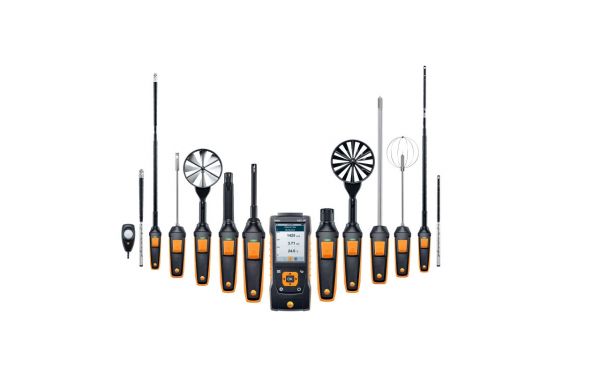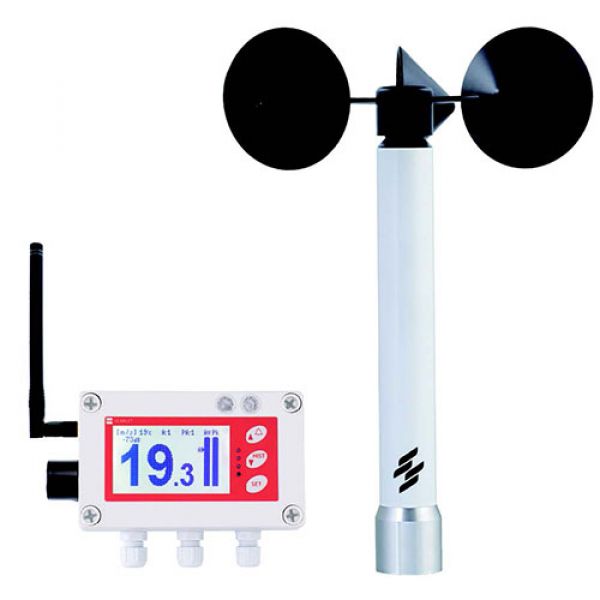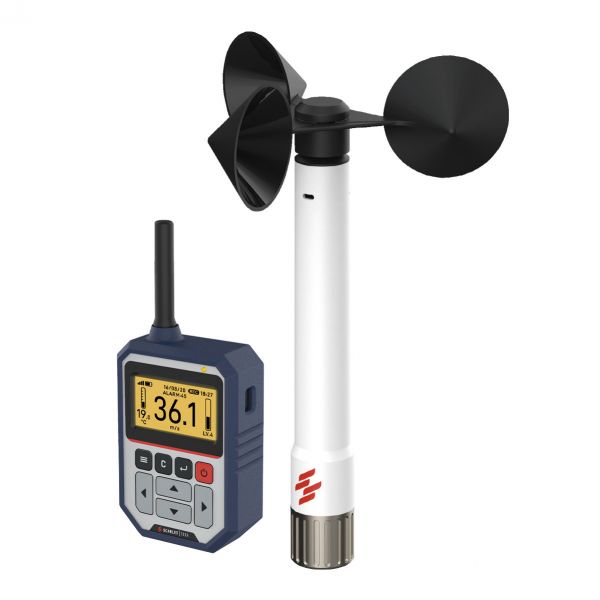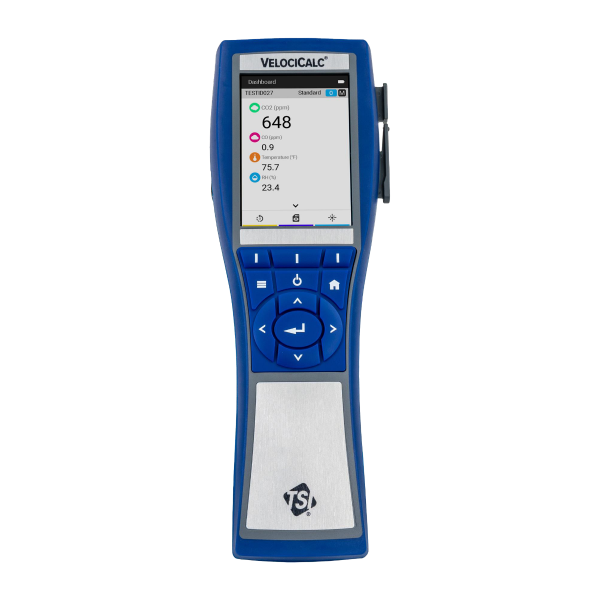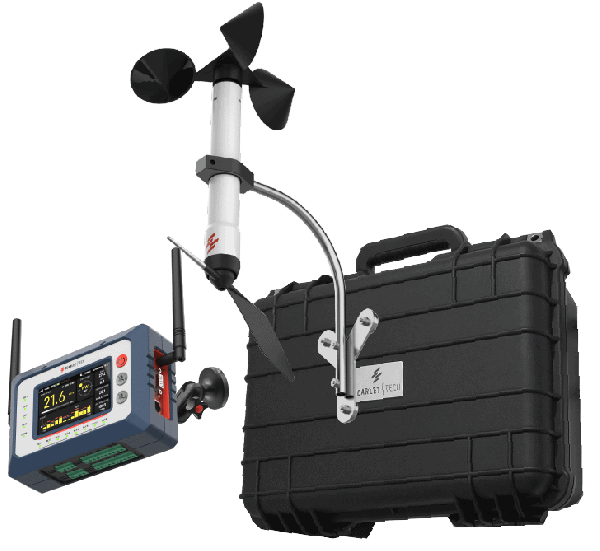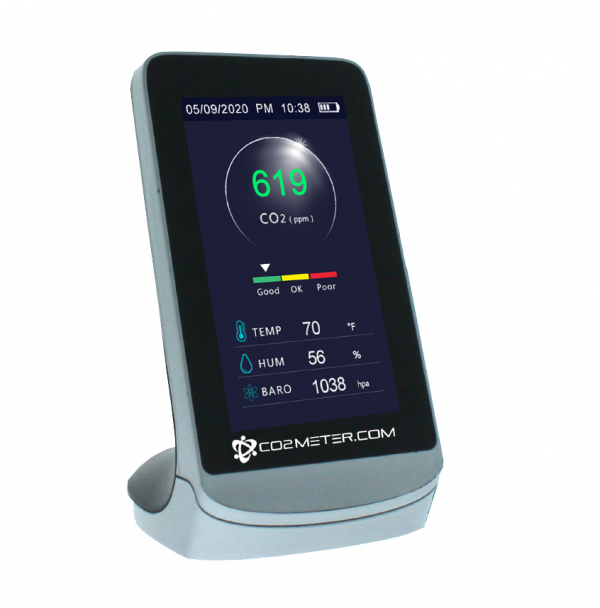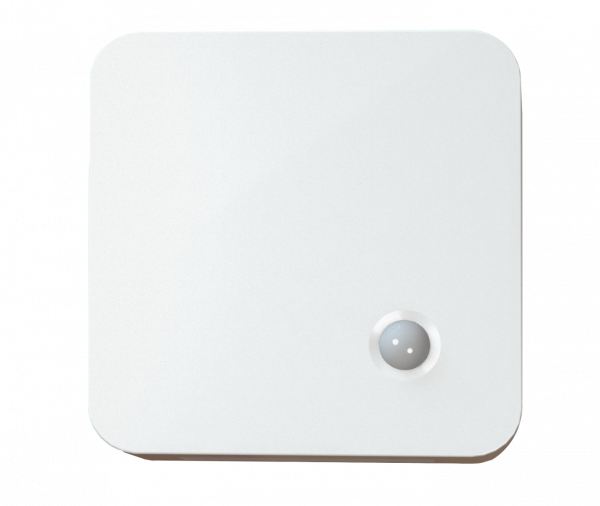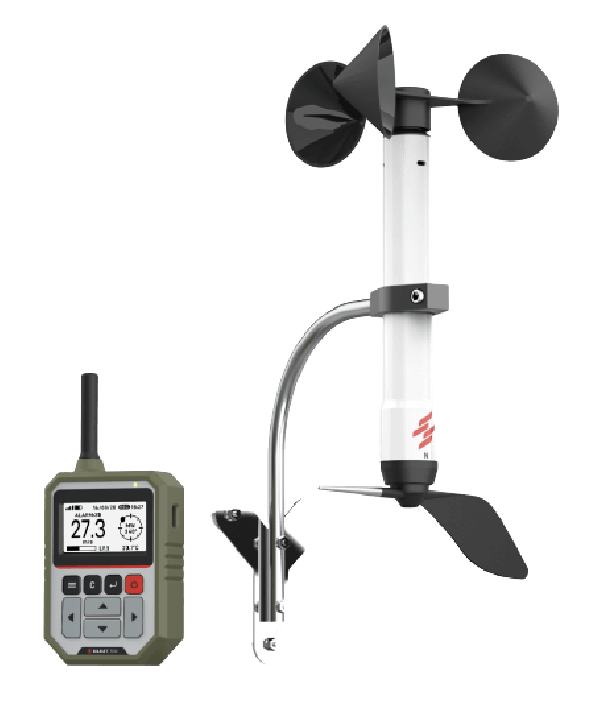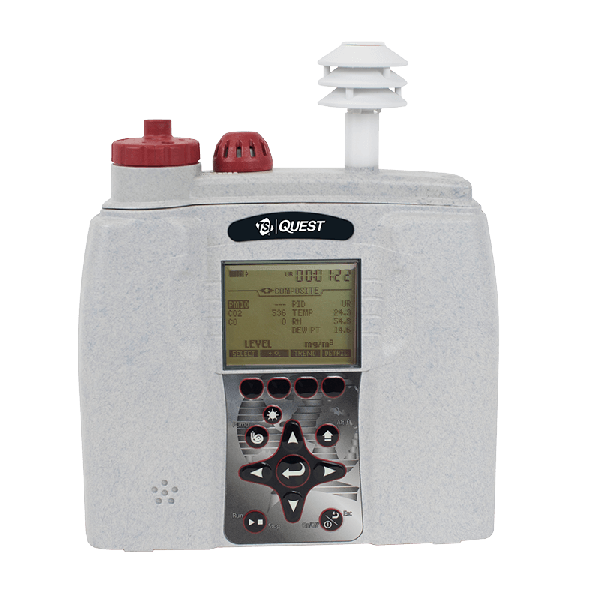Indoor Air Quality Monitors
Indoor air quality monitoring equipment includes a wide range of equipment designed specifically for measuring air quality parameters in indoor spaces. This range of equipment is often used by HVAC (heating, ventilation and air conditioning) consultants to undertake air quality assessments in order to advise businesses on how to comply with best practice or regulatory requirements and ensure workplaces are safe, comfortable and efficient. Many indoor air quality monitors can measure numerous parameters simultaneously, providing a clear and comprehensive understanding of air quality in an area.
Symptoms of Poor Indoor Air Quality and Important Parameters
Poor indoor air quality can impact human health in many ways. Individuals may suffer acute effects described generally by the term ‘sick building syndrome’ such as headaches, nausea, difficulty concentrating, fatigue and more. Particulate matter is a key parameter used to assess indoor air quality as suspended dust or other particulates can cause or aggravate existing respiratory or cardiovascular health issues such as asthma or heart disease. Biological particulates such as mould spores may also be suspended in the air in spaces with high humidity, warm temperatures and low ventilation which can lead to mould poisoning, a potentially fatal illness.
Additionally, certain gases, including carbon dioxide and carbon monoxide, are often closely monitored indoors as they are prone to build-up in confined spaces and would otherwise go undetected. Carbon dioxide acts as an asphyxiant as it can displace oxygen in the air leading to symptoms such as dizziness, shortness of breath and even loss of consciousness at high enough concentrations. Similarly, carbon monoxide is undetectable to humans, but is a potentially fatal toxic chemical asphyxiant.
Indoor air quality monitoring involves assessing various parameters to evaluate the air quality within buildings. While dust monitors, gas detectors, and similar instruments are generally applicable indoors, indoor air quality monitoring instruments are specifically designed to measure parameters particularly relevant to air quality in buildings. In contrast, gas detectors or dust monitors are typically used in workplaces where specific hazards, such as exposure to particular gases during manufacturing processes, pose a known risk.
The Role of Different Indoor Air Quality Monitoring Equipment
Three major factors that are considered when assessing air quality are ventilation, airborne contaminants, and conditions such as temperature and humidity.
- Ventilation – Anemometers and ventilation meters are used to measure air flow in an indoor space. They can be used to detect specific areas with poor ventilation so that improvements can be effectively targeted.
- Airborne contaminants – Particulate monitors are used to measure the amount of dust and other particulates in the air. Gas monitors used to assess air quality are most commonly designed to exclusively measure oxygen or carbon dioxide levels rather than other hazardous gases which are more commonly monitored with portable gas detectors or fixed gas detection systems in workplaces at risk of exposure to specific types of gas.
- Temperature and humidity – Environmental monitors are used to measure a range of parameters relating to air quality including temperature and humidity. In workplaces where heat stress is a potential hazard, more specialised heat stress monitors are used.
Air-Met Scientific provide a range of indoor air quality monitoring solutions for sale, rental and service. Contact your local Air-Met Scientific office today to discuss your indoor air quality monitoring requirements.

